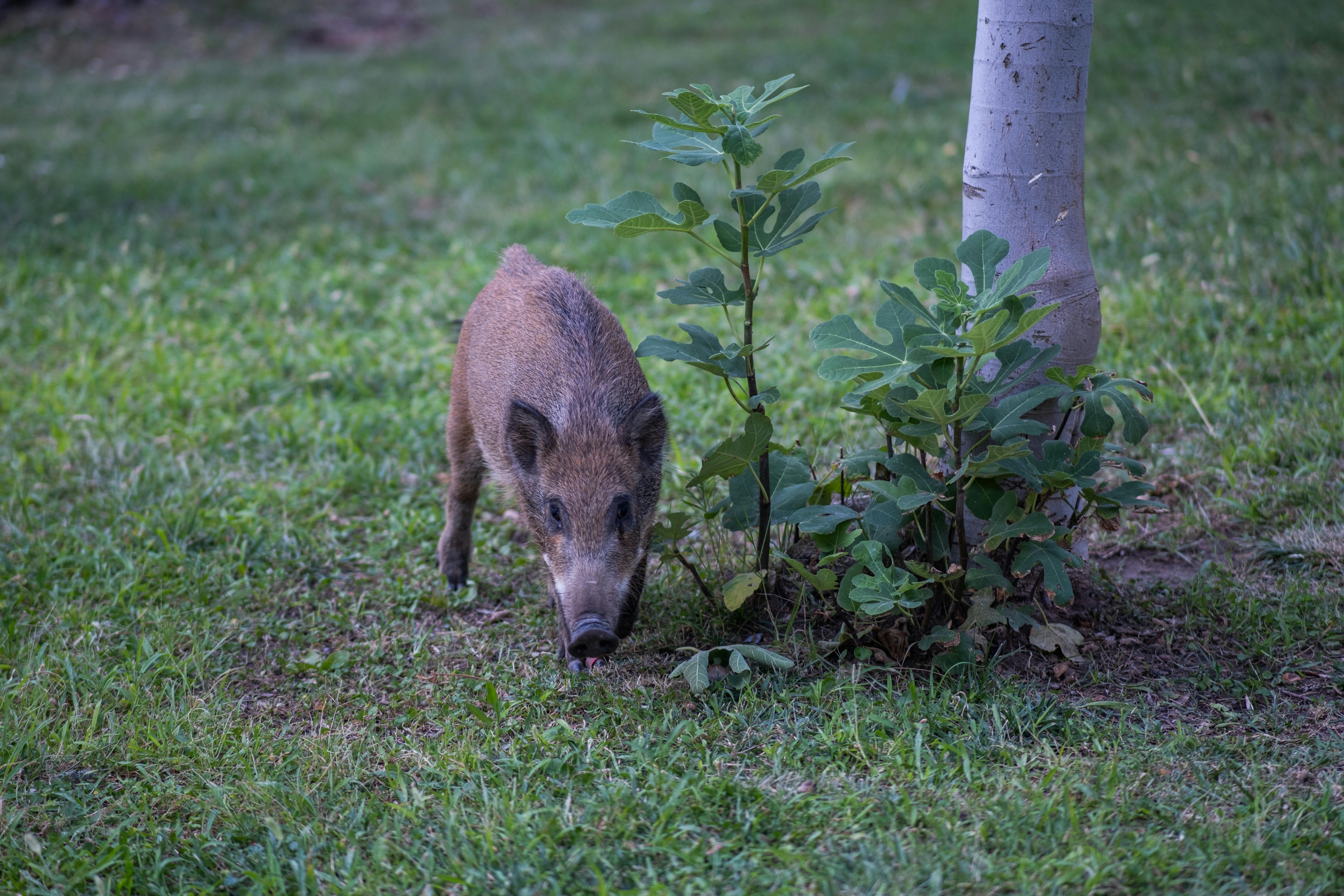Today’s wolves could even be less social than their ancestors, as they’ve misplaced access to massive herds of ungulates and now have a tendency more towards a way of life much like coyotes, jackals, and even foxes. Both species hunt the identical prey, and their elevated interactions may have resulted in the shared scavenging of kills, wolves drawn to human campsites, a shift of their relationship, and ultimately domestication. This raises the possibility that convergent evolution has occurred: each Canis familiaris and Homo sapiens might need advanced some related (though obviously not identical) social-communicative skills – in both instances adapted for certain sorts of social and communicative interactions with human beings. Convergent evolution is when distantly associated species independently evolve related solutions to the same downside. For example, fish, penguins and dolphins have each separately evolved flippers as an answer to the issue of transferring by the water. For instance, it has been inferred from genes which act on the serotonergic system in the brain that coevolution has led to much less aggressive behaviour when living in crowded environments.
 This has led to the examine of the coevolution of gene function. As oxytocin is thought for its role in maternal bonding, it is considered seemingly that this effect has supported the coevolution of human-dog bonding. In 2015, a research found that when canine and their homeowners work together, extended eye contact (mutual gaze) will increase oxytocin levels in each the canine and its proprietor. The information public health authorities collect from contact tracing can also be relevant to better understand the spread of the illness in the inhabitants, the transmission characteristics of the virus, and to establish settings or inhabitants teams the place focused interventions are more likely to be simplest. As these are traits of wolves, canine and humans, it may be argued that these behaviours had been enhanced as soon as wolves and humans began to cohabit. Strong bonds exist between identical-sex wolves, canine and humans, and these bonds are stronger than exist between other similar-intercourse animal pairs.
This has led to the examine of the coevolution of gene function. As oxytocin is thought for its role in maternal bonding, it is considered seemingly that this effect has supported the coevolution of human-dog bonding. In 2015, a research found that when canine and their homeowners work together, extended eye contact (mutual gaze) will increase oxytocin levels in each the canine and its proprietor. The information public health authorities collect from contact tracing can also be relevant to better understand the spread of the illness in the inhabitants, the transmission characteristics of the virus, and to establish settings or inhabitants teams the place focused interventions are more likely to be simplest. As these are traits of wolves, canine and humans, it may be argued that these behaviours had been enhanced as soon as wolves and humans began to cohabit. Strong bonds exist between identical-sex wolves, canine and humans, and these bonds are stronger than exist between other similar-intercourse animal pairs.
The underlying disease pathologies are much like those in humans, as are their responses to treatment and resultant outcomes. Similar types of cooperation are observed in two closely associated canids, the African wild canine and the Asian dhole, due to this fact it’s affordable to assume that canid sociality and cooperation are previous traits that by way of evolution predate human sociality and cooperation. There’s an in depth list of genes exhibiting signatures of parallel evolution in canine and humans. Mitochondrial DNA indicates that almost all trendy canine fall into one of 4 monophyletic haplogroups which are named haplogroups A, B, C, and D. The majority of canine fall inside haplogroup A. The mDNA “molecular clock” indicates that 22,800 YBP the first genetic divergence (cut up) occurred in haplogroup A, ensuing in the lineages A1b and A2. In 2017, another genetic study discovered evidence of a single dog-wolf divergence occurring between 36,900 and 41,500 YBP, followed by a divergence between Eastern Eurasian and Western Eurasian canine 17,500-23,900 YBP and this indicates a single dog domestication occasion occurring between 20,000 and 40,000 YBP. In 2016, a genetic study discovered that ancient and modern dogs fall into an Eastern Eurasian clade and a Western Eurasian clade.
 Those in Western Europe and the Americas are generally extra accepting of homosexuality than are these in Eastern Europe, Russia, Ukraine, the Middle East and sub-Saharan Africa. Arriving in Europe, around 10,000 years ago, giving rise to trendy dog breeds. DNA exhibits that an initial section of canine domestication started in China or Southeast Asia 33,000 years ago, and a second phase 18,000 years later during which the dog migrated out of Southeast Asia in the direction of Africa and the Middle East. In 2021, a assessment of the present proof infers from the timings supplied by DNA studies that the dog was domesticated in Siberia 23,000 years ago by historic North Siberians. The ancient North Siberians have been as soon as a folks whose ancestors archaeological remains have been discovered at the Paleolithic Yana RHS (Rhinoceros Horn Site) on the Yana River delta in arctic northern Siberia that’s dated 31,600 YBP, and on the Mal’ta site near Lake Baikal in southern Siberia simply north of Mongolia that’s dated 24,000 YBP.
Those in Western Europe and the Americas are generally extra accepting of homosexuality than are these in Eastern Europe, Russia, Ukraine, the Middle East and sub-Saharan Africa. Arriving in Europe, around 10,000 years ago, giving rise to trendy dog breeds. DNA exhibits that an initial section of canine domestication started in China or Southeast Asia 33,000 years ago, and a second phase 18,000 years later during which the dog migrated out of Southeast Asia in the direction of Africa and the Middle East. In 2021, a assessment of the present proof infers from the timings supplied by DNA studies that the dog was domesticated in Siberia 23,000 years ago by historic North Siberians. The ancient North Siberians have been as soon as a folks whose ancestors archaeological remains have been discovered at the Paleolithic Yana RHS (Rhinoceros Horn Site) on the Yana River delta in arctic northern Siberia that’s dated 31,600 YBP, and on the Mal’ta site near Lake Baikal in southern Siberia simply north of Mongolia that’s dated 24,000 YBP.